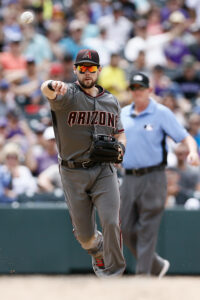The D-backs sold off at the 2025 trade deadline, most notably shipping
Josh Naylor and
Eugenio Suarez to Seattle in separate deals and trading
Merrill Kelly to the Rangers. Despite effectively waving the white flag on the ’25 season with that series of moves, Arizona rallied in the final two months and was in the mix for a postseason spot right up to the final weekend of the season. Owner Ken Kendrick chatted with John Gambadoro and Dave Burns of Arizona Sports 98.7 FM about his team’s hot finish, the decision to retain manager Torey Lovullo for a tenth season, and his club’s outlook for next year (
YouTube link to the full 16-minute interview). Most notably, Kendrick conceded that payroll is likely to decline, but that doesn’t mean the Diamondbacks are entering a rebuild or moving out of win-now mode.
“We will not be spending at the same level,” Kendrick said when asked about payroll. “…We don’t just pay the 26 guys on the active roster. We have a 40-man roster. The amount of money we spent on our 40-man roster this year is $220MM. … Will we spend 220 next year? I don’t think that we will. Will we have a very significant payroll that will allow us to compete and be in the playoffs? I think we will.”
The 2025 season, fueled by last year’s surprise signing of
Corbin Burnes, pushed the Diamondbacks to a franchise-record payroll. The deep postseason run in 2023 likely left the team with some extra spending capital, and that won’t be the case this year, but Kendrick repeatedly thanked fans for their commitment to the team and the manner in which they turned out. He pointed out this year’s 2.4 million tickets sold were the highest since 2008 and give the club the ability to be more competitive in subsequent seasons than if the fan base had checked out following the deadline.
“While we didn’t have playoff money, we had significant revenues from our fans attending games,” Kendrick continued. “And what I’ve said, and I’ll continue to say it, the money that is there from the revenue we take in, we’re going to reinvest in the team. We’re in a good position to have a very, very credible commitment, financially, to next season. Will the number be the same? It probably won’t be, but I think it’ll be a handsome number that will allow us to have a very, very competitive team — and I wouldn’t want us to back away from the goal of being in the postseason a year from now.”
With a return to the postseason the stated goal, the Snakes will have no shortage of work to do. Burnes will miss most or all of the 2026 season due to Tommy John surgery. Relievers
A.J. Puk and
Justin Martinez are in similar boats.
Zac Gallen is a free agent. Kelly was traded midseason and would have been a free agent anyhow. The pitching staff will need significant help in order to reassemble a playoff-caliber roster.
At the moment, the only starters who can safely be penciled into next year’s staff are
Eduardo Rodriguez,
Brandon Pfaadt and
Ryne Nelson. Both Rodriguez and Pfaadt posted ERAs north of 5.00 as they battled home run troubles throughout the year, though the veteran Rodriguez at least finished with a respectable 4.09 ERA following the trade deadline. Nelson was terrific all year, finishing out the 2025 campaign with a 3.39 ERA in a career-best 154 1/3 innings at the MLB level.
General manager Mike Hazen cited the rotation, the bullpen and solidifying the defense around the diamond as the top priorities this offseason (
link via 98.7’s Alex Weiner). Pitching help takes priority, per Hazen, but the D-backs clearly plan to focus on run-prevention.
Could a reunion with Gallen be part of that? It’s possible. While the longtime Arizona ace struggled greatly through the season’s first four months, he finished brilliantly, tossing 65 innings with a vintage 3.32 ERA following the deadline (albeit with lesser strikeout numbers than we’re accustomed to seeing from him). Gallen has been open about his love for the organization and the roots he and his family have put down in Arizona. Kendrick heaped praise on Gallen when asked about the right-hander’s future, adding that he wouldn’t say it’s “out of the realm of reality” that the two parties could come to terms on a deal to bring Gallen back next year.
Whether it’s a reunion with Gallen, a reunion with Kelly or bringing a new rotation piece aboard via free agency or trade, the D-backs will have to add at least one starter this offseason — and likely two. Many of the organization’s top pitching prospects either took steps back or went down with notable injuries in 2025. Beyond needing help on the big league staff, the depth is going to need to be bolstered. The bullpen is every bit as much of a puzzle — if not an even larger quandary. It won’t be an easy path for Hazen and his staff.
In discussing the decision to retain Lovullo, Kendrick pointed both to the injuries he navigated — six D-backs pitchers had Tommy John surgery this year — and added that it wasn’t Lovullo’s decision to trade key veterans like Naylor, Suarez and Kelly at the deadline. That decision, he noted, came from himself, from president/CEO Derrick Hall and from general manager Mike Hazen. However, it
was Lovullo who kept the team’s spirits up and guided the club down the stretch.
“I don’t think a single one of our fans, on the first of August, would have thought we could be potentially on the edge of being in the playoffs on the final weekend of the season,” Kendrick said. “[Lovullo] did manage all of those games.”
Even with a spending reduction, the Snakes could have room to maneuver this offseason.
RosterResource pegs their 2025 payroll at $188MM with a $212MM competitive balance tax calculation. Both of those are below Kendrick’s $220MM figure, though the Diamondbacks moved a bunch of money off their books at the deadline, so those numbers would have been higher before the trades.
Going into 2026, RR lists the payroll at just $107MM with a CBT number of $142MM. Those numbers don’t include the club’s arbitration-eligible players but there should be some dry powder there, depending on exactly how much lower the payroll will go.


